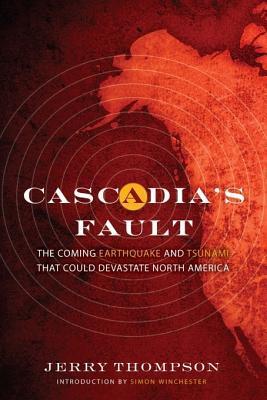What do you think?
Rate this book


352 pages, Kindle Edition
First published April 11, 2011
All day long, just out of sight, the ocean rises up and collapses, spilling foamy overlapping ovals onto the shore. Eighty miles farther out, ten thousand feet below the surface of the sea, the hand of a geological clock is somewhere in its slow sweep. All across the region, seismologists are looking at their watches, wondering how long we have, and what we will do, before geological time catches up to our own.
The Cascadia Subduction Zone is a crack in the earth’s crust, roughly sixty miles offshore and running eight hundred miles from northern Vancouver Island to northern California. It has generated massive earthquakes not just once or twice, but over and over again throughout geologic time…Nineteen of those events ripped the fault from end to end, a “full margin rupture…” Given that the last big quake was more than 310 years ago, one might argue that a very bad day…is ominously overdue.
As the turning flood crashed over rocks at the Bamfield lighthouse on the outer coast, a keeper on duty grabbed the phone and placed an urgent call to Port Alberni, a mill town at the head of the inlet. The funnel shape of the inlet itself – a saltwater canyon cut through narrowing mountain walls – squeezed and amplified the wave as it shot toward the heart of Vancouver Island like a cannon ball…No one noticed the fist of frigid seawater as it lifted two channel marker buoys and thundered across the threshold of the inner harbor. Night shift longshoremen, completely unaware, continued to hoist and sling bundles of lumber aboard the Meishusan Maru, a Japanese freighter at the sawmill dock. In the nearby pulp mill, boilers were running full steam. Paper machines were spinning out massive rolls of newsprint for the Los Angeles Times…
